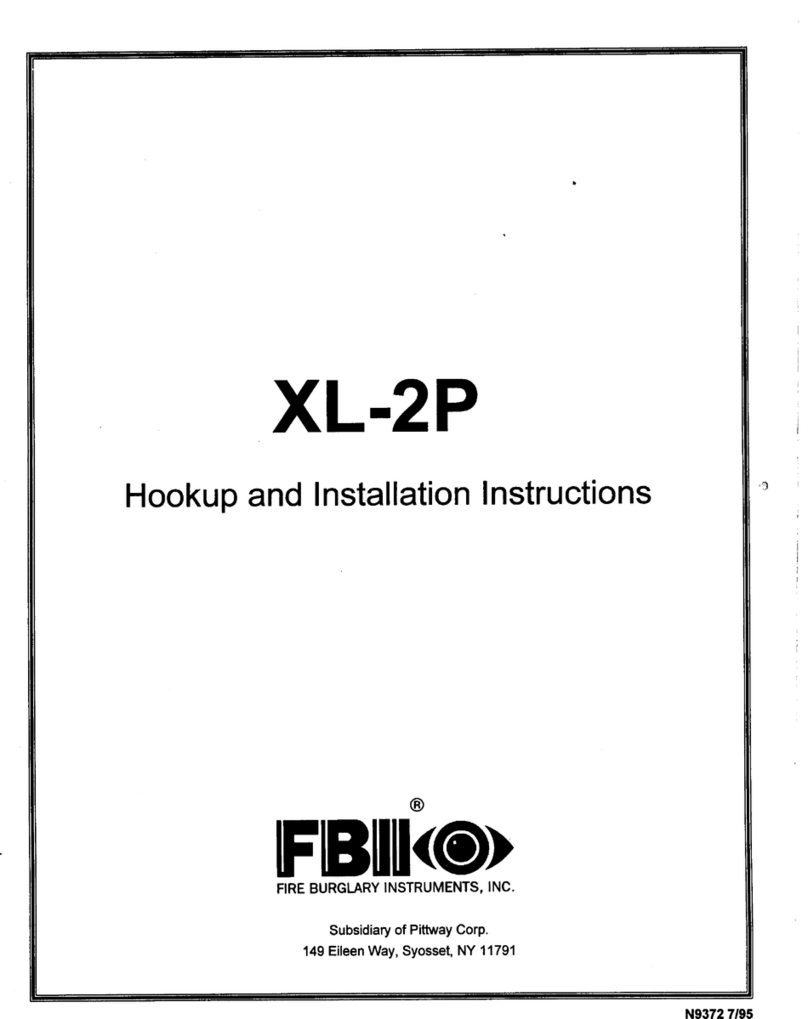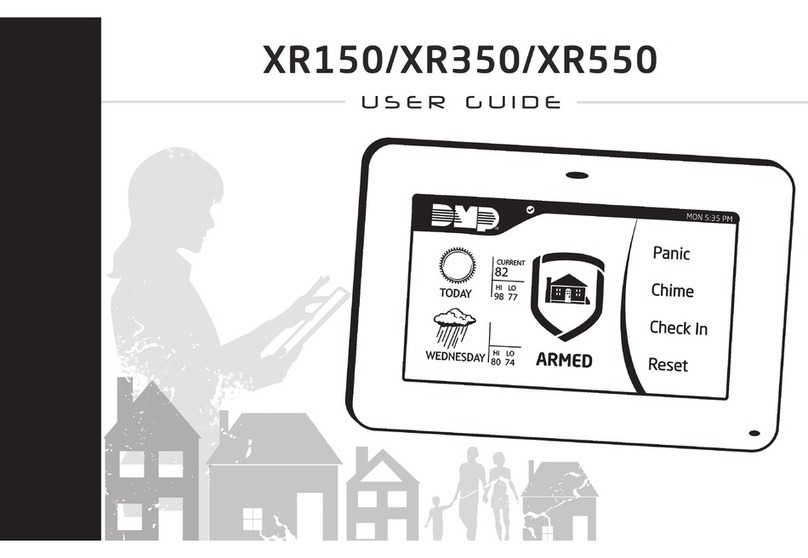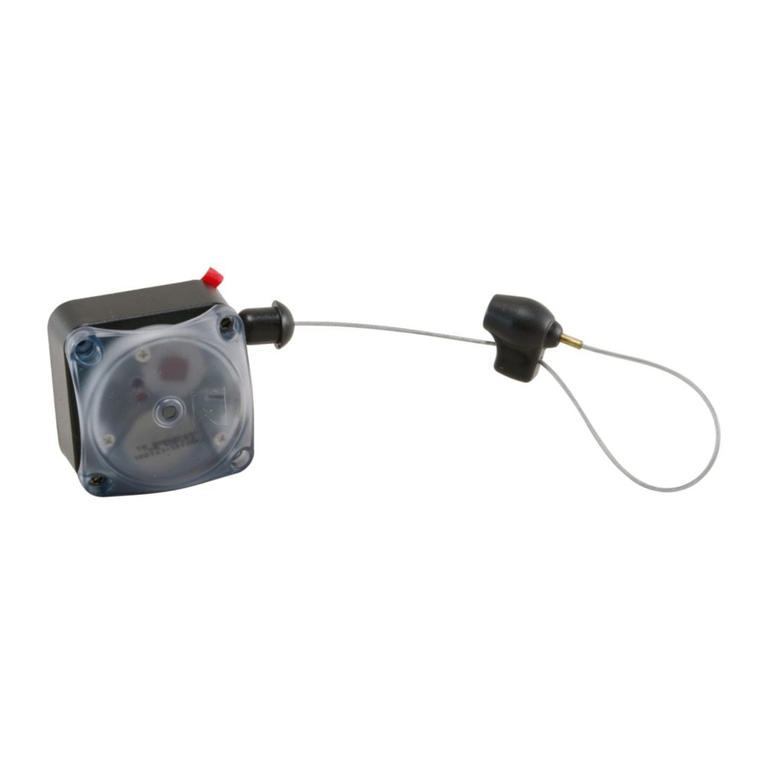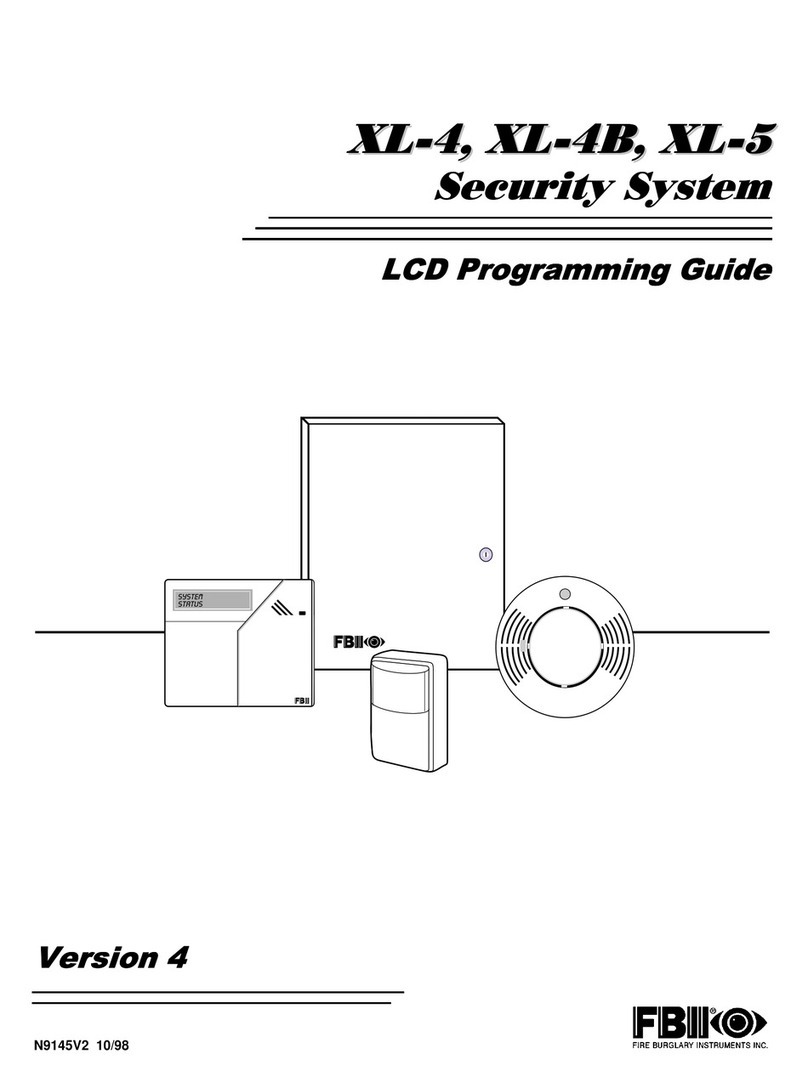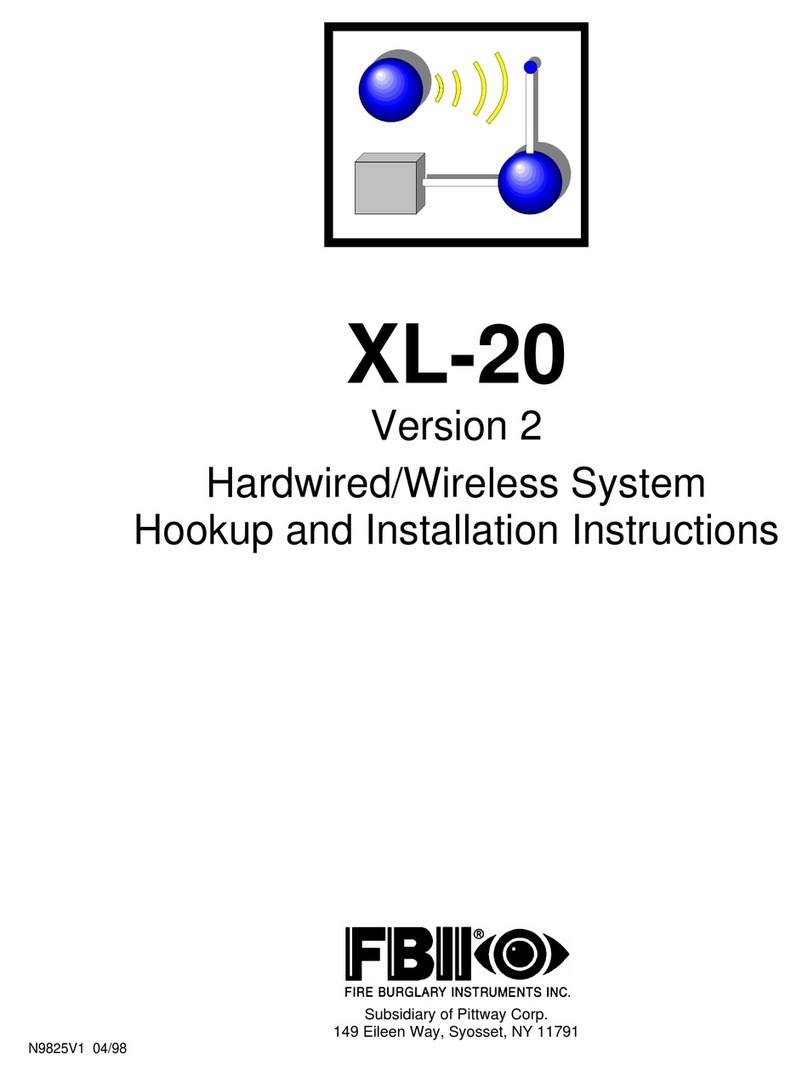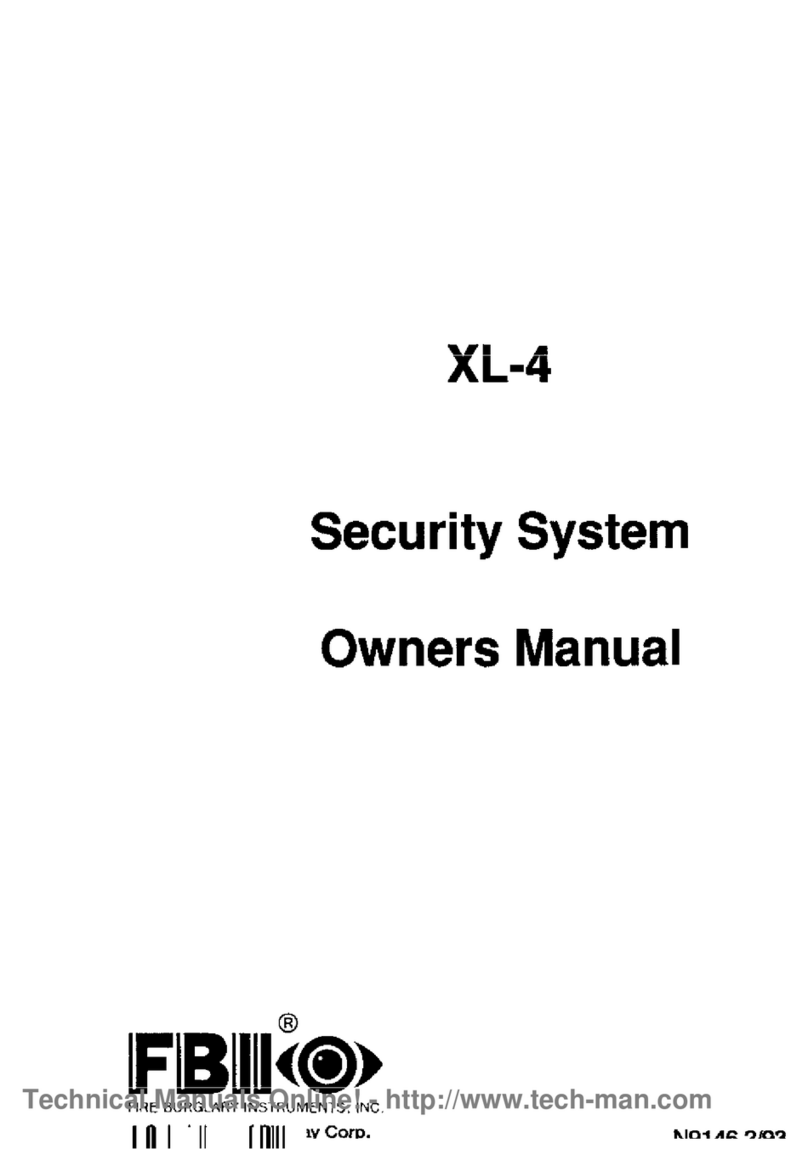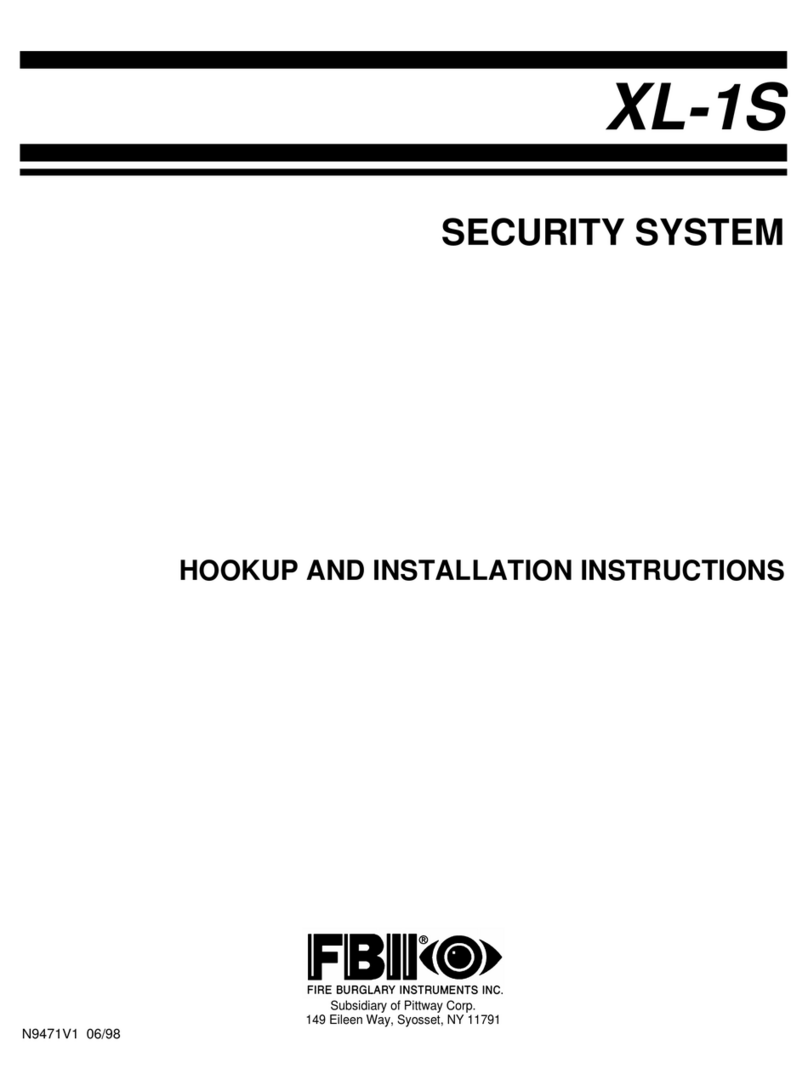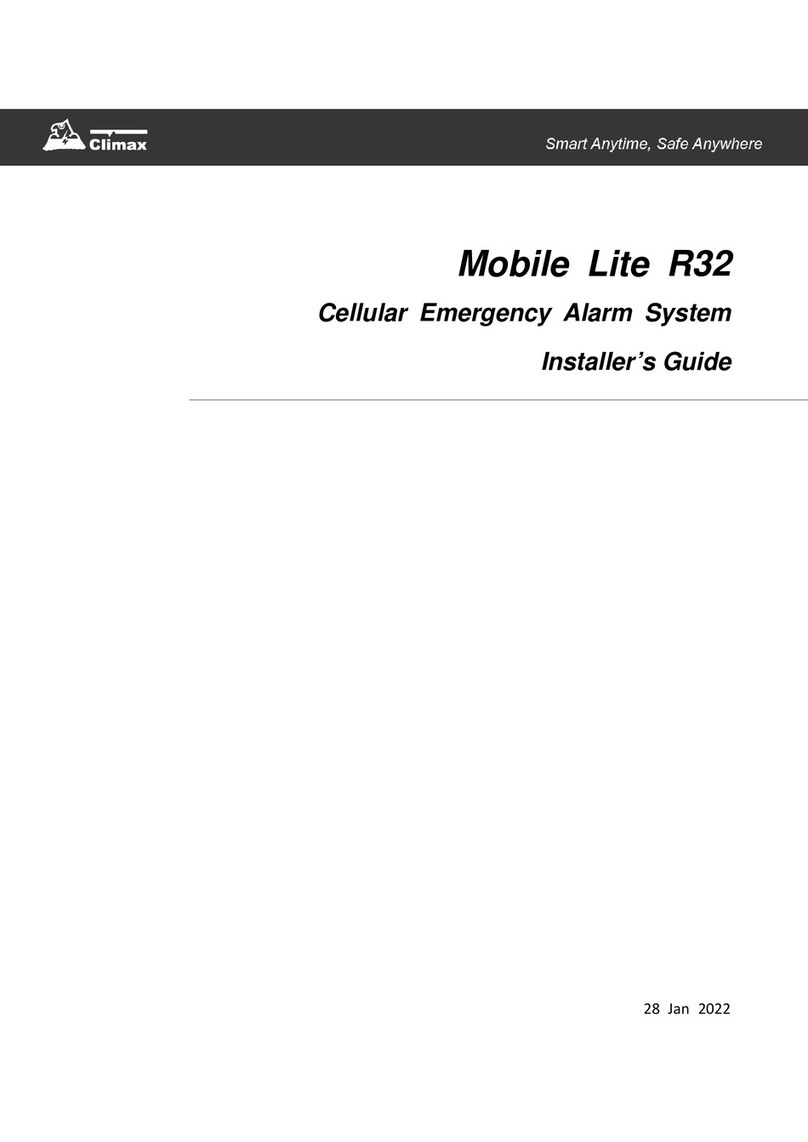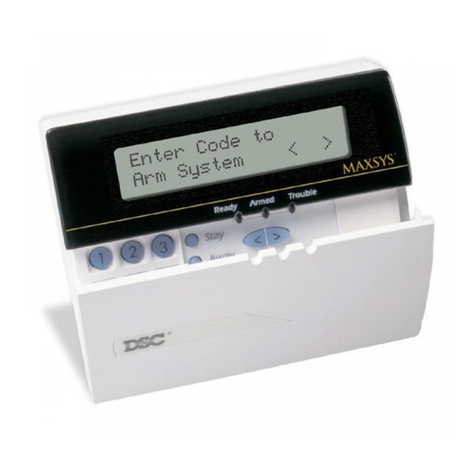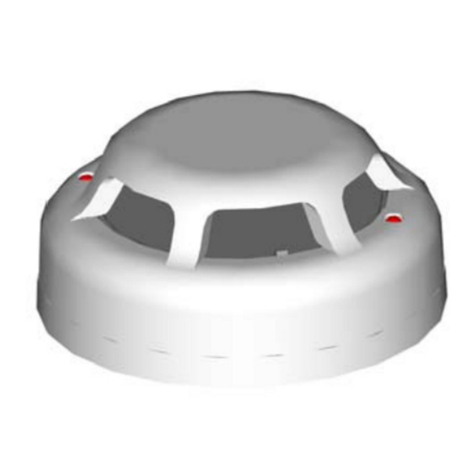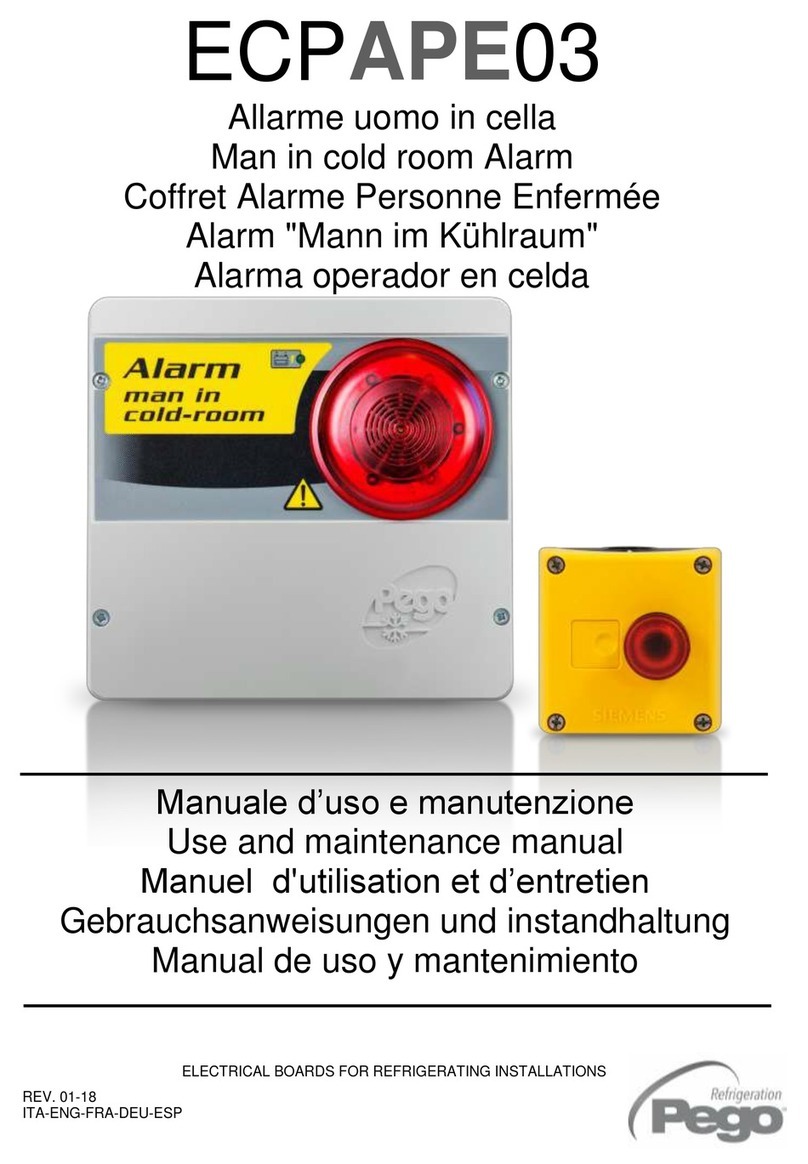6. ZONE RESET r)
CeRain security components (glass break detectors for example) may require
reset after they have been activated. This Installer selected feature allows the
reset of such devices, After DISARMing the syetem, press the ~) key, the
system will beep and reset all of these zones. Che& with your installer to see
whether thie feature app~esto your syetem.
7. STAY
The STAY mde deactivate any interior protection zones and you will be free
to walk throughout your location without activating the alarm eystem. To enter
the STAY mode, the system must be READY. (see previbus description).
STAY PROCEDURE:STAY [USER]
Depress the STAY key followed by your user @de. After aeumessful STAY
arming the ARMED indicator will be ~i. In addtion, on the XL4612RM or
XL4612SM keypad the RDY indicator will slowlybhnk.Onthe7015 keWad the
STAY indicator will be tit. On the LCD keypad the following display will appear
m
In the STAY mde only the external or perimeter burglary protection is active.
You are free to walk around the residence without activating any of the infe~r
protection zones
.Remember, you must DISARM the eyetemto when you want to leave
the premiee,
Note: The STAYoDtionwill automatically be reset after the eyetem is
The lNSTANTmde arms the syetem and e~minates the entry time delay
interval. This mode could be ueed eothat ianyone enters through an entry/exit
zone the alarm system will instantly activate. The system must be ready.
INSTANT PROCEDURE: INSTANT [USER]
Deprees the INSTANT key followed by your user code. U~n successful arming,
the ARMED indicator will be ht.Additionally, keypad the RDY fight will bfink on
the XL4612RM or XL4612SM. (NOTE: This btink ie slightly faefer than the
indcation for the STAYmode.) On the 7015 keypade the INSTANT indicator will
be ON. The LCDkeypad willcontain the following message:
~
I!
Note: ThelNSTANT option willautomatically restaffer disam.
.Check wtihyour installer todetemine whether thelNSTANT tie
appties to your system.


